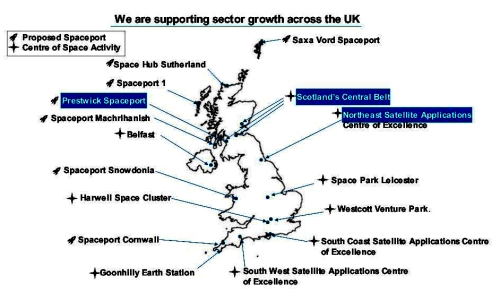William Shatner to fly on next New Shepard suborbital flight
Capitalism in space: Blue Origin today announced that William Shatner will join three other passengers on its next New Shepard suborbital flight, presently scheduled for October 12th.
Today, Blue Origin announced actor William Shatner and Audrey Powers, Blue Origin’s Vice President of Mission & Flight Operations, will fly on board New Shepard NS-18. They will join crewmates Chris Boshuizen and Glen de Vries for the flight which lifts off from Launch Site One on October 12.
Powers appears to be flying as both a reward for her work at Blue Origin and as a engineer to observe the operation of the spacecraft.
Shatner, an actor for more than six decades and most famous for his role as James T. Kirk in Star Trek, is 90 years old, which will make him the oldest person to ever fly into space.
Capitalism in space: Blue Origin today announced that William Shatner will join three other passengers on its next New Shepard suborbital flight, presently scheduled for October 12th.
Today, Blue Origin announced actor William Shatner and Audrey Powers, Blue Origin’s Vice President of Mission & Flight Operations, will fly on board New Shepard NS-18. They will join crewmates Chris Boshuizen and Glen de Vries for the flight which lifts off from Launch Site One on October 12.
Powers appears to be flying as both a reward for her work at Blue Origin and as a engineer to observe the operation of the spacecraft.
Shatner, an actor for more than six decades and most famous for his role as James T. Kirk in Star Trek, is 90 years old, which will make him the oldest person to ever fly into space.


